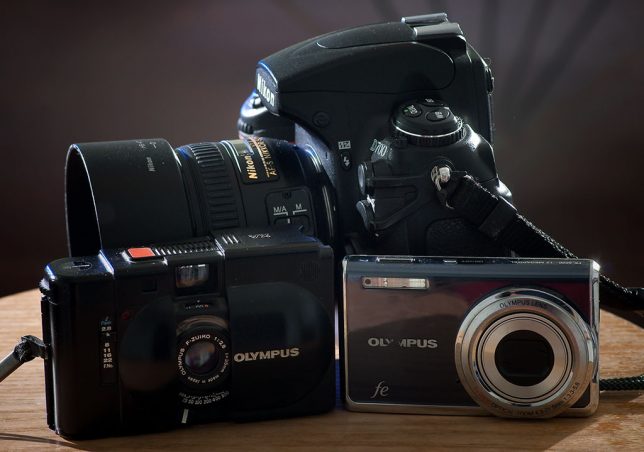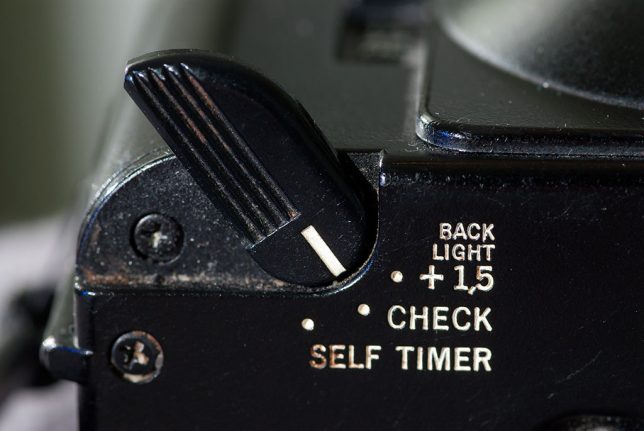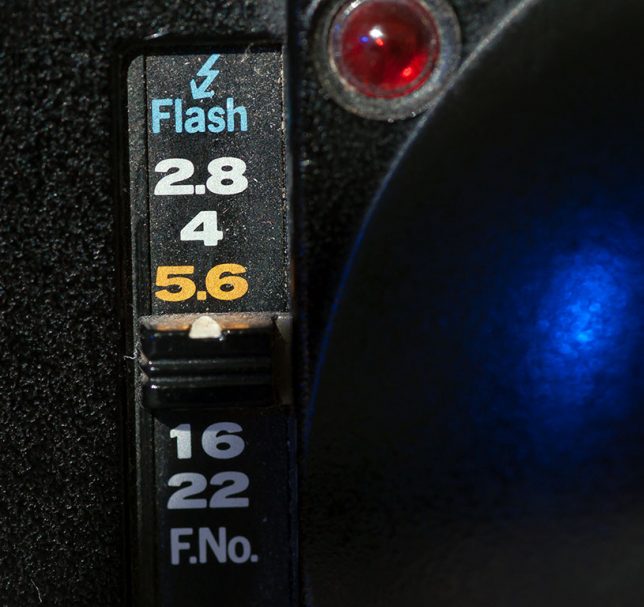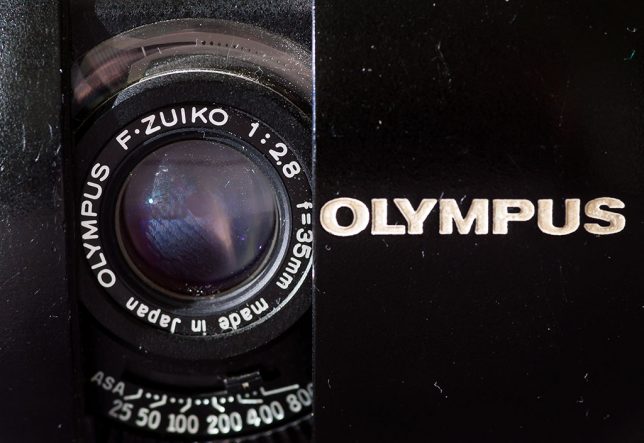
For many years of the later film era, Japanese camera maker Olympus specialized in building very compact 35mm film cameras. Hardware like the original OM-1, for example, was thought to be the smallest you could practically manufacture an SLR camera.


Also from this company were the point-and-shoot class of cameras, which, without the need of a pentaprism for the viewfinder, could be made smaller still. One such camera I coveted was the excellent Olympus XA.
I had one for years, and in spite of my fanciful imaginations about the kinds of pictures I would make with it, I actually shot very few images with the XA.
The XA uses a two-window rangefinder focus system, creating the faint yellow image in the center of the finder: double-image is out of focus, and making the images come together is in focus.


Exposure is controlled using aperture priority, meaning you pick the aperture, and the camera selects the shutter speed based on how much light it sensed and the film’s ISO rating.
In hand, the XA is not particularly easy to use. The focus lever, just below the lens, is tiny and hard to reach with the camera to the eye. The aperture selector is out of sight unless you point the camera toward you. The ISO dial requires a fingernail to operate.


The clamshell design is a good form factor. When it is closed, the camera is smooth and well-protected from pocket stuff like keys.
All this is put together to achieve true pocketability . The XA is so small, in fact, it had a wrist lanyard instead of a strap. It’s likely the XA is the smallest you can make a camera that will hold a roll of 35mm film.
I like to imagine that if I had a digital conversion kit, I would use this camera, but the truth is that I have an Olympus point and shoot that I almost never use. So the XA remains an amusing but unutilized item in my collection.

Fascinating — though mostly over my head. I can tell you love what you do.